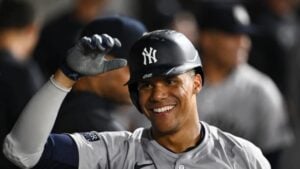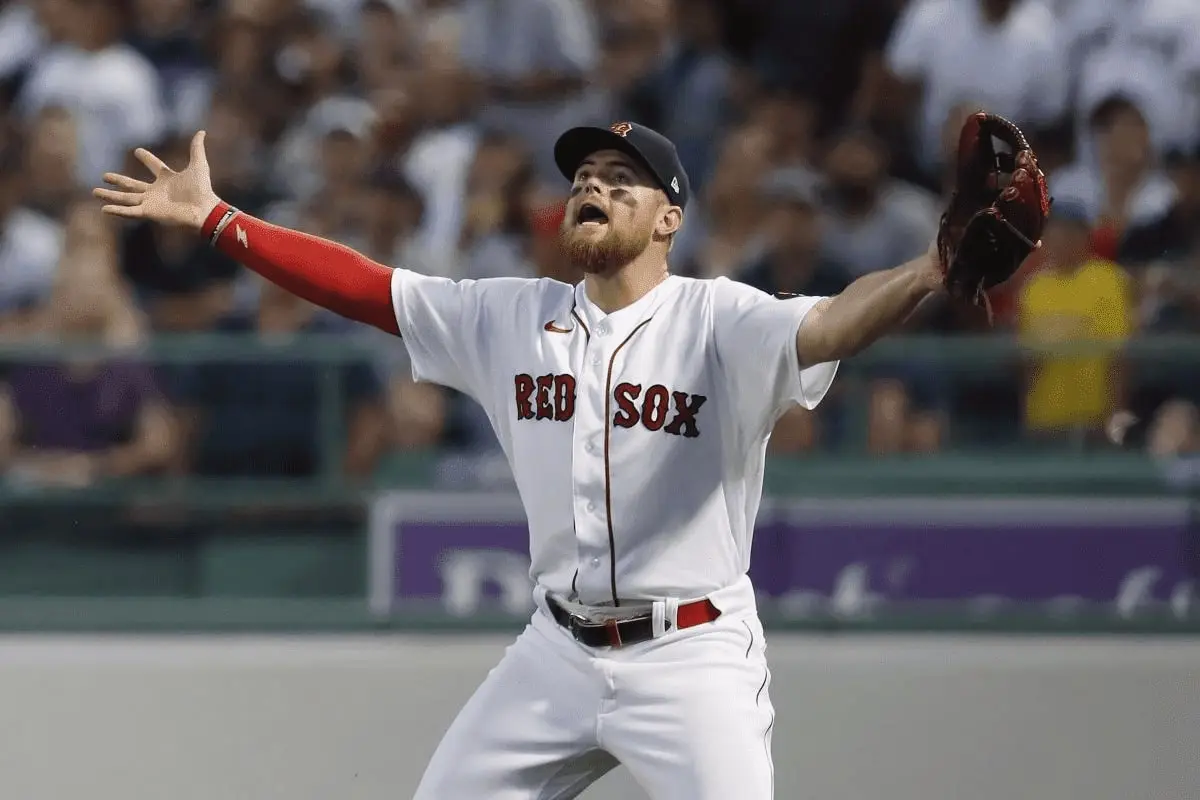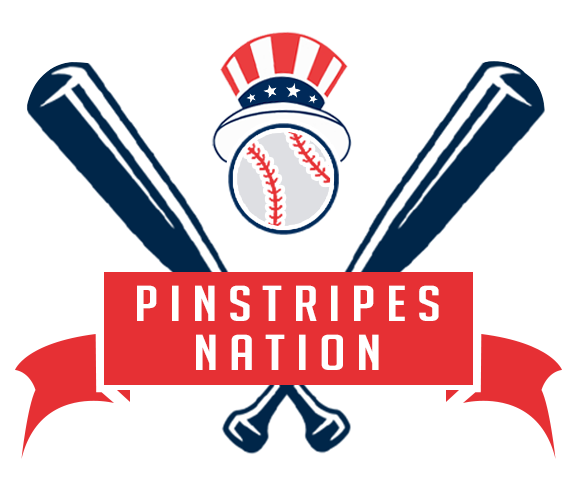Top five third basemen in New York Yankees history
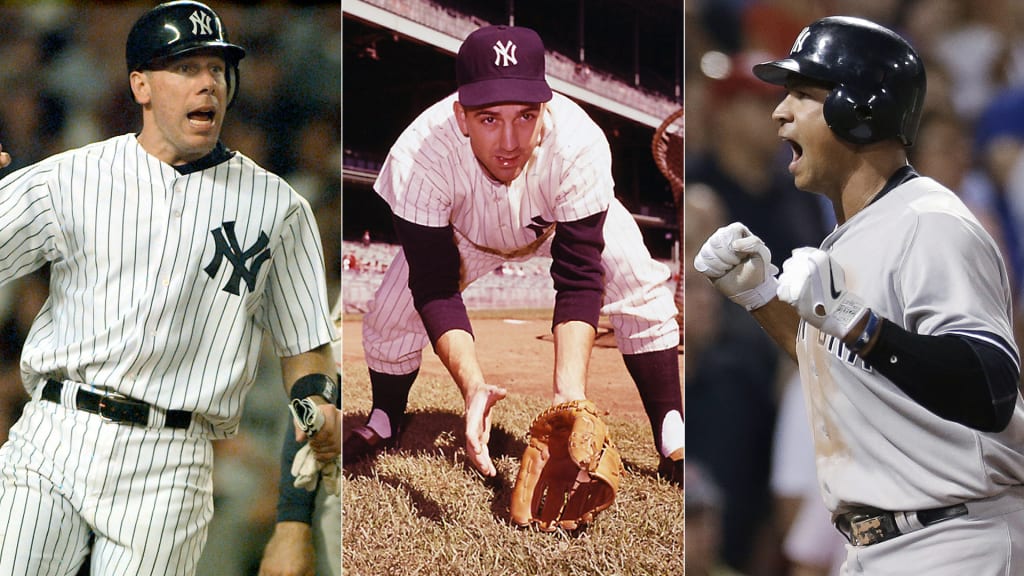

Joe Najarian
More Stories By Joe Najarian
- Mother’s Day: How Anthony Volpe’s mom molded him into a Yankee phenom
- Yankees weighing Alex Bregman pursuit as Juan Soto decision looms
- Yankees’ Aaron Judge achieves unanimous AL MVP status after remarkable year
- Rumors point to Gleyber Torres joining AL team, Yankees matchups anticipated
- Juan Soto leaves Yankees’ pitch feeling ‘closer’ to Steinbrenner ahead of free agency showdown
Table of Contents
Who are the best third basemen the New York Yankees have ever had?
Compared to other positions, third base hasn’t been a superstar-laden area for the Yankees, outside of one huge exception. Most of them have been overshadowed due to playing on some of the greatest teams ever, quietly contributing to victories with the bat or the glove.
Additionally, there has been a lot of movement at the position. Since the retirement of Alex Rodriguez in 2016, some of the Yankees to play the hot corner include Chase Headley, Brandon Drury, Miguel Andujar, Gio Urshela, Josh Donaldson, and even utility players like DJ LeMahieu and Oswaldo Cabrera.
But whether they were superstars, clubhouse glue guys, short-term stalwarts, or career Yankees, these players knew what it meant to don the pinstripes and man the hot corner with that badge of honor.
Here is the list of five of those finest Yankees.
#5. Wade Boggs (1993-1997)
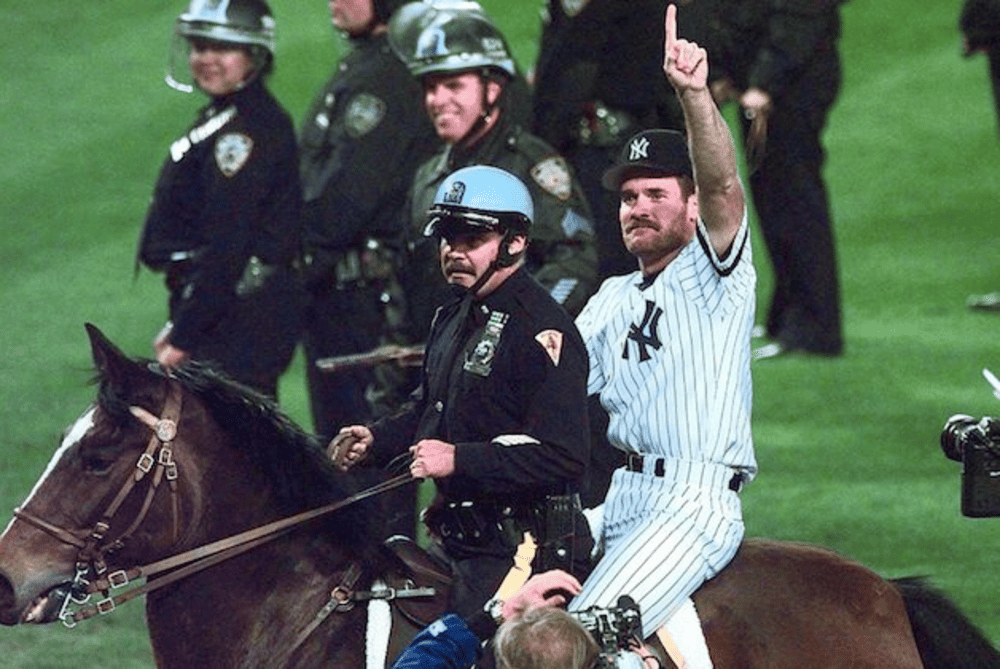
Although far better known as an all-time great for the Yankees’ bitter rivals, the Boston Red Sox, Wade Boggs had a profound impact on the Bronx Bombers upon his arrival, which began a renaissance of a proud franchise.
It’s impossible to talk about Boggs’ Yankees tenure without mentioning how good he was in Boston, though. The premier contact hitter in the American League during his prime, he hit at least .325 every year from 1982 to 1989, pounded 200 hits in each year but the first, and won five batting titles, including four straight from 1985 to 1988. Despite lacking fence-clearing pop, not hitting 10 homers in a season outside of 1987 (when he hit 24), Boggs was a doubles machine that hit 40 or more doubles in eight seasons with Boston.
Even better was his plate discipline and pitch recognition; over his entire career, Boggs had a .415 on-base percentage, a 13.1% walk rate against a 6.9% strikeout rate, and all but two seasons with a walk rate above 10%, which blended with his bat-to-ball skills to make him one of the most difficult outs in the history of baseball.
But after a shocking down season in 1992 – hitting a meager .259 with a .358 slugging percentage – Boggs decided he needed a change of scenery and left Beantown in free agency. He chose the Yankees, who were rebuilding but wanted veteran leadership to compliment their developing nucleus of the future; the Bronx Bombers won Boggs over by adding an additional year to his new contract, something the Los Angeles Dodgers, who also wanted Boggs, wasn’t willing to offer.
The future Hall of Famer rewarded his new team by hitting .313/.396/.407 across five seasons with a 116 wRC+ and 16.5 fWAR. He won two Silver Slugger Awards and was named an All-Star each year but his last; always a strong defender at the hot corner throughout his career, Boggs’ defensive efforts were also vindicated with two straight Gold Glove Awards in 1994 and 1995. Out of Boggs’ seasons in the Bronx, his best was the strike-shortened 1994 season when he slashed .342/.433/.489 with a 143 wRC+ and 4.2 fWAR; he had a 14.1% walk rate against a 6.7% strikeout rate, and hit 11 home runs, the only other season in his career where he hit over 10 long balls.
As Boggs continued to play at a high level, the Yankees steadily improved on the field by finishing with a winning record in 1993, having the best record in the AL at the time of the 1994 strike, and making the playoffs in 1995 for their first October appearance in 14 years.
In 1996, Boggs would play in the second Fall Classic of his career (the first came with Boston 10 years earlier) and delivered an at-bat that would define his career; in Game 4, he was called upon to pinch hit in the top of the 10th inning with the bases loaded. Doing what he did best, the Yankees third baseman battled and drew a walk to force in the eventual game-winning run. The Yankees would go on to win that series in six games; to celebrate his first career championship, Boggs famously overcame his fear of horses and rode an NYPD horse across the field!
Boggs concluded his career with the Tampa Bay Devil Rays in 1999, and was elected to the Baseball Hall of Fame in 2005, his first year of eligibility.
#4. Red Rolfe (1931-1942)
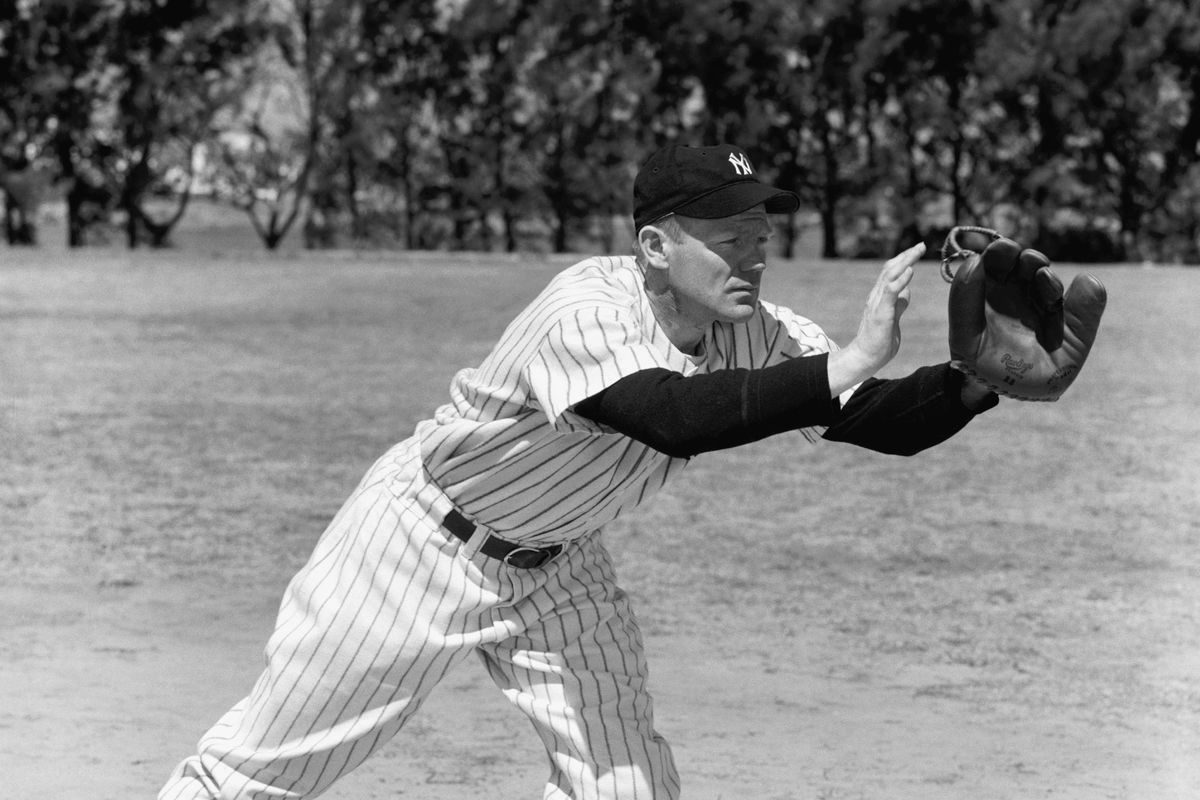
A key role player of the Yankees’ dynasty of the 1930s, Robert “Red” Rolfe spent his entire 10-year career in pinstripes and celebrated a World Series championship in half of them.
Rolfe is often overshadowed due to the incredible teammates who played alongside him, which included Lou Gehrig, Joe DiMaggio, Bill Dickey, Joe Gordon, and more. But he quietly did his job both at the plate and in the field, and was admired by said teammates and especially by his manager, Joe McCarthy. “Red was one of the greatest third basemen of all time,” McCarthy said when he learned of Rolfe’s death in 1969.
Despite his quiet demeanor, Rolfe was known for his incredible attention to detail that he used to his advantage. “He asks plenty of questions and writes down the answers,” McCarthy said. “He also has a lot of other information in his little black book. For instance, he writes down just what every pitcher throws in the clutch so he can be set in the pinch.” This also applied to his play on the field, where he signaled and positioned his teammates to create an early version of the now-infamous defensive shift. With analytics making almost all information available in today’s game, perhaps that all started with Rolfe.
Either way, Rolfe only had three seasons with a wRC+ over 100, but ultimately hit .289/.360/.413 for his career with a 102 wRC+. This included a brilliant 1939 season when he hit .329/.404/.495 with a 130 wRC+ and led the American League with 213 hits, 139 runs scored, and 46 doubles, while setting career-highs of 14 home runs, 80 RBI, and 6.5 fWAR. The Yankees third baseman also had plenty of World Series action, playing in six Fall Classics in a seven-year span; he hit .284 with 33 hits as he added a ring to each finger.
Rolfe’s career was unfortunately cut short by a severe flare-up of ulcerative colitis, which forced him to retire at only 33 years old. However, he made the most of his 10 MLB seasons by accumulating 26.2 fWAR, the third-highest by a third baseman in franchise history, while scoring an incredible 942 runs that heavily factored into the Yankees’ offensive dominance at the time.
Statistically, Rolfe’s numbers merit top-3 inclusion, which is further complemented by spending his entire career in the Bronx. But in the end, a sentimental favorite edges him out for that last spot on the podium.
#3. Scott Brosius (1998-2001)
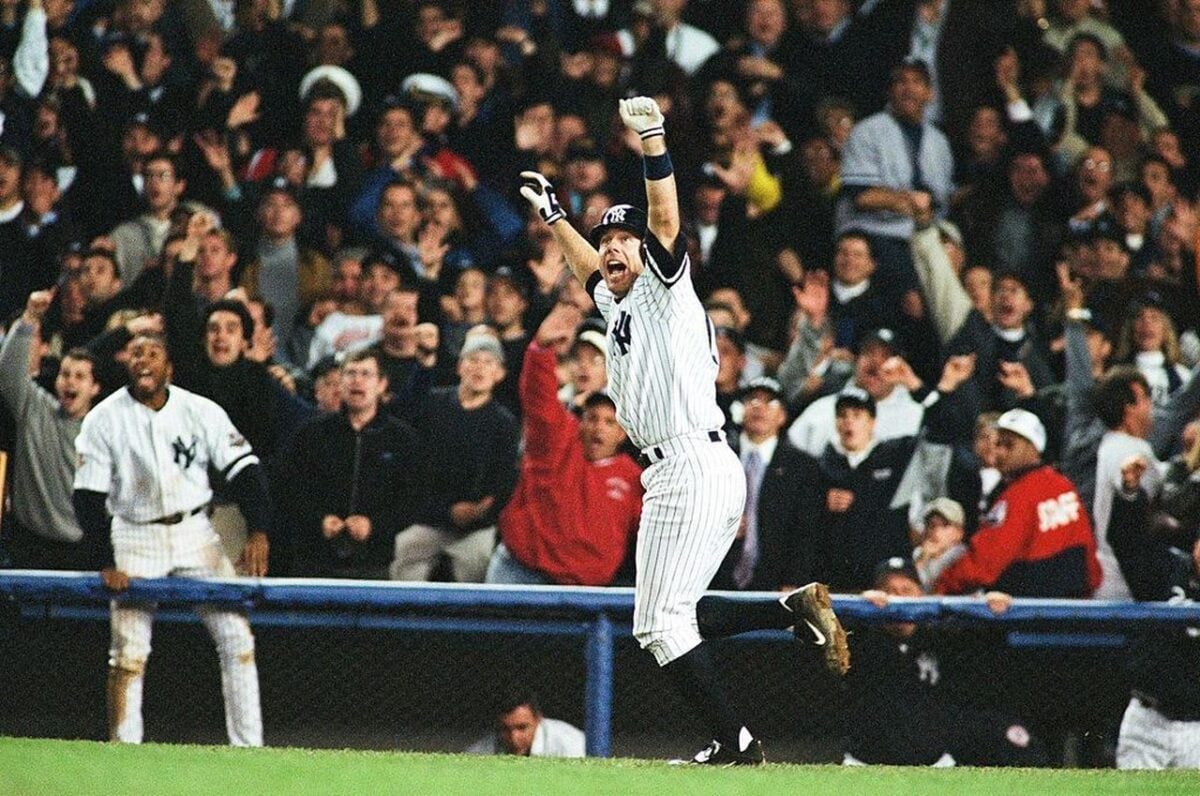
In just four seasons with the Yankees, Scott Brosius became one of the most beloved players in the franchise’s illustrious history, boasting an uncanny ability to make a play when it mattered the most.
Brosius is one of those rare players where statistics are unable to tell the entire story. Playing just 11 seasons before calling it a career at age 35, the stats say that he was solid but unspectacular; he had a .257/.323/.422 slash line, 200 doubles, 141 home runs, and a below-average 94 wRC+ (league average is 100). He would accumulate 15.6 fWAR, with 8.7 of that total coming with the Yankees, and won a Gold Glove with one All-Star appearance. That’s a nice little career, and not much more than that.
But Brosius was a lot more than that.
After playing seven years with the Oakland Athletics and enduring a terrible 1997 season (.203/.259/.317, 50 wRC+, -0.3 fWAR), he was sent to the Bronx as the player to be named later when the Yankees traded the disappointing Kenny Rogers away. Throughout most of the 1998 season, he batted either eighth or ninth in the lineup, and became the best nine-hole hitter in baseball by hitting .300/.371/.472 with 19 home runs, 98 RBI, and a 123 wRC+ to earn his only All-Star nod. With Brosius lurking at the bottom of the order, the 1998 Yankees had a lineup that had no weaknesses whatsoever.
While Brosius wouldn’t replicate his 1998 performance, he continued to win the fans over with his clutch hitting and strong defense, the latter of which won him a Gold Glove in 1999.
But where Brosius shined the brightest was when the calendar flipped to October. His Yankee tenure directly coincided with the four consecutive pennants the team won from 1998 to 2001, as well as their World Series three-peat. Elevating his play tremendously, the Yankees third baseman was a driving force behind the team’s postseason dominance, with a 20.8% championship win probability added across 12 playoff series.
His strongest postseason run overall was 1998, when he hit .383/.400/.660 with four homers and a 166 wRC+ in 13 games. He homered in each playoff series that year, including a three-run homer in Game 6 of the ALCS against the Cleveland Indians that proved to be the deciding factor in a pennant-clinching game. In the 1998 World Series against the San Diego Padres, Brosius dominated by hitting .471 with two homers and six RBI in a four-game sweep; both homers came in Game 3, with the first coming of NLCS MVP Sterling Hitchcock and the second being a go-ahead, three-run bomb off legendary closer Trevor Hoffman. As the Yankees capped off possibly the greatest season in baseball history, Brosius was named World Series MVP.
The rest of Brosius’s October exploits would primarily come in the World Series; in four Fall Classics, he hit .314 with four home runs and 13 RBI. He would also hit his final career home run in the 2001 World Series, in one of the most memorable moments in New York sports history.
With the Yankees looking to heal the city after the destruction of the World Trade Center on 9/11, they went on a magical postseason run that brought them to the World Series against the Arizona Diamondbacks. The Bronx Bombers lost the first two games in Arizona, but won the next two in New York; they tied the series the night before in dramatic fashion when Tino Martinez hit a game-tying two-run shot with the team down to their final out, and Derek Jeter hit a walk-off home run in the tenth inning.
The next night, the Yankees were again one out away from losing when Brosius faced D-Backs closer Byung-hyun Kim with Jorge Posada on second base. After taking the first pitch, the 35-year-old Yankees third baseman took a mighty swing and triumphantly pumped both his fists in the air; the Yankee Stadium crowd unleashed one of the loudest roars in a sporting event as a high, towering fly ball landed into the left field seats to tie the game. It was the second consecutive night where the Yankees were down to their last out, down by multiple runs, and tied the game with a home run.
The Yankees would go on to win Game 5 in extra innings thanks to Brosius’s heroics, but went on to lose Games 6 and 7 in Arizona, the latter coming in heartbreaking fashion, to finally be dethroned as champions. But while the home run by Brosius, who retired after the series, didn’t win the Yankees a championship, it did something much bigger; it inspired hope throughout New York City and gave the entire country something magical to cheer for.
Those kinds of moments are what cemented Brosius in the annals of Yankee history, regardless of statistics. He may not have been an elite player, but the moment was never too big for him and whenever the team needed him, he delivered. Being at the center of such magical moments, it’s impossible to tell the story of the Yankees without Brosius, so he is acknowledged for that with prominent positioning on this list.
#2. Graig Nettles (1973-1983)
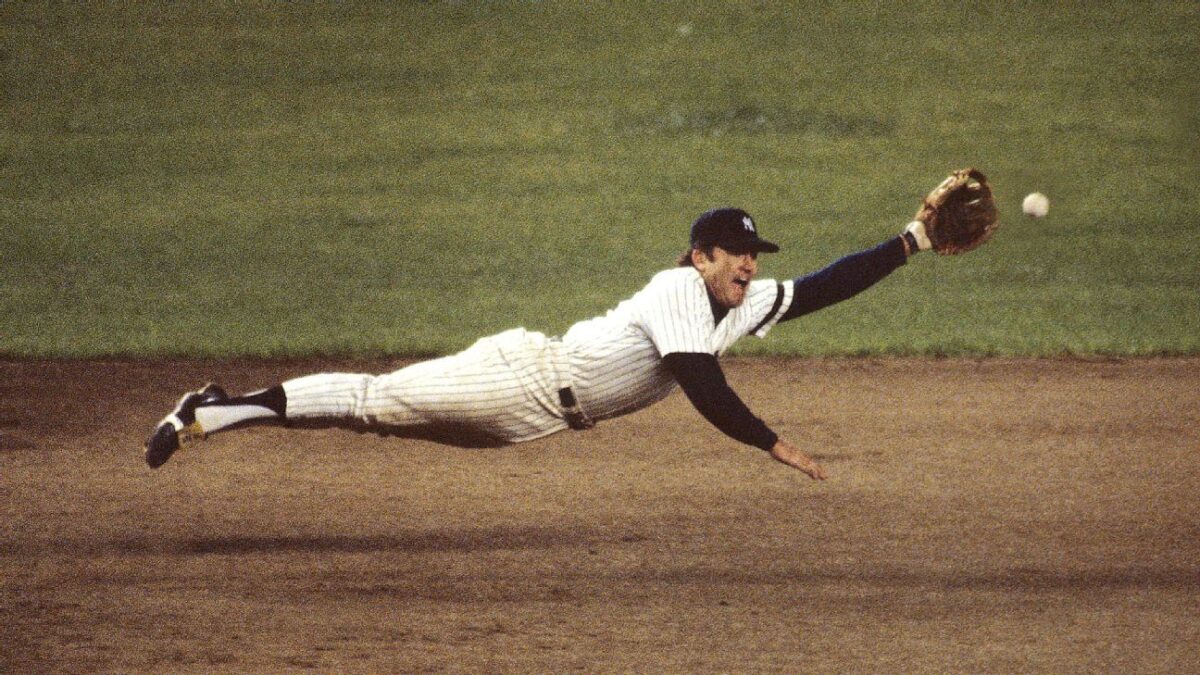
One of the most underrated Yankees, Graig Nettles combined a powerful left-handed swing, tremendous defense, and a fantastic knack for big plays to become one of the enduring stars of the “Bronx Zoo” era.
Nettles was acquired by the Yankees before the 1973 season and proceeded to hit 22 homers in his first year with the club. His arrival coincided with George Steinbrenner’s purchase of the team, making him part of the nucleus of an eventual contender. By 1976, when the Yankees were ready to compete for championships, “Puff” had morphed into a star; his 32 home runs led the American League, and his .475 slugging percentage and 136 wRC+ was coupled with brilliant defense at the hot corner. His 8.1 fWAR was the highest by a Yankees third baseman for 29 years.
When the Yankees repeated as champions in 1977 and 1978, Nettles continued his fantastic play both at the plate and in the field. In the batter’s box, he hit 37 home runs, drove in 101, and registered a .496 slugging percentage in 1977, all career-best marks. In 1978, he hit a career-best .276 while also swatting 27 homers with 93 RBI. On defense, the Yankees third baseman won back-to-back Gold Gloves with nine and 12 total zone runs, respectively. That outstanding fielding was on full display in Game 3 of the 1978 World Series, when he backed up Ron Guidry by making one diving play after another to stymie the Dodgers.
Nettles would play five more seasons with the Yankees and helped lead them to another pennant in 1981; he was named ALCS MVP after scorching the Athletics to the tune of .500/.571/.917 in a three-game sweep. But after a resurgent season in 1983 (.266/.341/.446, 20 homers, 120 wRC+) his growing frustrations with Steinbrenner would lead to his departure, as the Yankees third baseman was traded to the San Diego Padres, who he helped win the NL pennant in 1984.
Despite not hitting for high batting averages (.248 lifetime average, .253 with the Yankees), Nettles took full advantage of the Short Porch by hitting at least 20 home runs in eight of his 11 seasons in the Bronx. Playing 22 seasons, he was just ten homers shy of 400 when he retired from the game at age 43.
Don’t mistake that for a lack of peak performance, either. Nettles accumulated 33.9 fWAR from 1973 to 1978, mashing 161 long balls during that timeframe. Also during that span, the Yankees third baseman was worth 72 total zone runs at third base, including 27 in 1976.
Overall, Nettles finished his Yankee tenure with 1,396 hits, 250 home runs, 834 RBI, a .433 slugging percentage, and a 43.6 fWAR, all of which rank second among Yankees third basemen. He still holds the record for home runs by an American League third baseman with 319, and his career 65.7 fWAR is the highest by a third baseman who is not in the Baseball Hall of Fame. A great player, teammate, leader, and even a team captain, Nettles is more than deserving of a plaque in Monument Park, and it’s disappointing that he doesn’t have one already considering how much he gave to the franchise and how proud he was to wear the pinstripes.
To some baseball purists, Nettles is the best third baseman in Yankees history. However, he ultimately settles for second on this list, behind only one of the team’s most controversial figures…
#1. Alex Rodriguez (2004-2016)
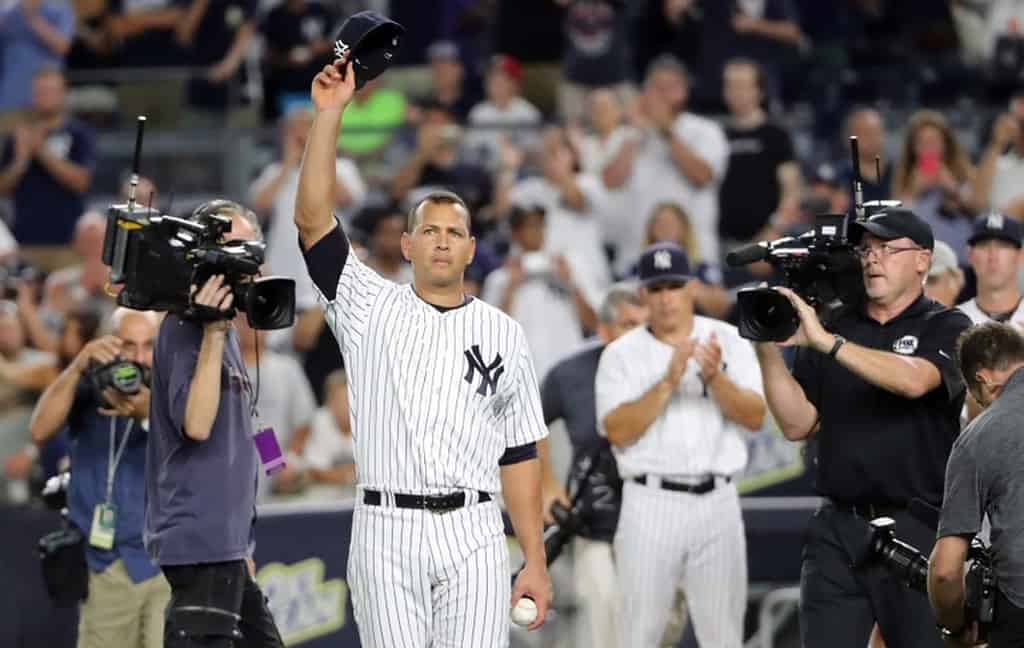
Go ahead and disavow Alex Rodriguez for his use of performance-enhancing drugs, his massive contracts, and his “shortcomings” in the playoffs. But the fact of the matter is that A-Rod is the best third baseman in Yankees history, and nobody else comes close.
When the Yankees made the blockbuster of all blockbuster trades with the Texas Rangers, Rodriguez had incredible expectations to deliver on. Over the past four seasons, he had a 157 wRC+ and 36.5 fWAR, finished in the top six in MVP voting each year (winning in 2003), and won two Gold Gloves at shortstop.
Those expectations were amplified by playing for an absolutely loaded team in the biggest media market in the world, on top of playing a new position; with Derek Jeter already serving as the team’s franchise shortstop, A-Rod agreed to move to third base. With all these circumstances in mind, a lesser player would likely crumble under the pressure.
But there’s a reason why Rodriguez was considered a generational talent. Although there certainly were tough times (mostly off the field), A-Rod cemented himself as one of the greatest players to ever wear a Yankee uniform.
Adjusting to his surroundings in 2004, Rodriguez hit .286/.375/.512 with 36 home runs and a 131 wRC+, while posting a 6.6 fWAR. Defensively, he was worth 14 defensive runs saved at the hot corner. A strong introductory season, but by 2005, A-Rod was thoroughly acclimated and delivered a year for the ages.
Rodriguez became the first Yankee to win AL MVP since Don Mattingly 20 years earlier, as he slashed .321/.421/.610 and led the American League with 48 home runs, a 174 wRC+, and 9.1 fWAR. Of his 130 RBI, 10 of them came in a single game in a three-homer performance; each homer came off of Bartolo Colon, who won the Cy Young Award that year.
2006 was a down year for Rodriguez, and he described it as the most difficult season he had as a professional. He still hit .290/.392/.523 with 35 home runs, 121 RBI, and a 136 wRC+. You know you’re a superstar when that is considered a down season.
But A-Rod took it personally and responded with one of the greatest seasons in Yankees history. Here are the jaw-dropping numbers: .314/.422/.645, 54 home runs, 156 RBI, 143 runs scored, 24 stolen bases, .445 wOBA, 175 wRC+, and 9.6 fWAR. His 54 homers not only led all of Major League Baseball but was the most by a right-handed batter in Yankees history until Aaron Judge hit 62 in 2022.
He became just one of five players in history to have a season with at least 50 home runs and 150 RBI. Unsurprisingly, A-Rod was named AL MVP for the second time in three years and parlayed that spectacular season into a brand new, 10-year, $275 million contract to stay in the Bronx.
Amid all the ups-and-downs, A-Rod hit .283/.378/.523 with 351 of his 696 career homers, 1,096 of his 2,086 career RBI, 1,580 of his 3,115 hits, 152 of his 329 stolen bases, a 138 wRC+, and 51.5 of his 113.6 career fWAR with the Yankees before abruptly being released from the team in August 2016; all of these stats are the most by a Yankees third baseman. From 2004 to 2010, he hit at least 30 home runs with 100 RBI every year, and accomplished many career milestones in pinstripes, including the 500th and 600th long balls of his career, as well as his 3,000th career hit (which he, like Derek Jeter, accomplished by hitting a home run). For good measure, Rodriguez added a 33-homer season in 2015 at age 39, with a 129 wRC+.
But what about his often-maligned playoff numbers? After performing well in the 2004 postseason, he admittedly struggled from 2005 to 2007, and the Yankees went one-and-done in the ALDS in each of those three years. Even in 2004, he fell into an ill-timed slump that coincided with a team collapse that should never be mentioned in the Bronx (on top of slapping the ball out of Bronson Arroyo’s glove).
However, all of that is forgiven by A-Rod’s sensational 2009 postseason, when he carried the team on his back to their 27th World Series title. Over that playoff run, he hit a monstrous .365/.500/.808 with a 224 wRC+ and delivered some of the biggest hits of his entire career. This ranged from a game-tying two-run homer in the bottom of the ninth in Game 2 of the ALDS against the Twins, a game-tying solo shot in the bottom of the 11th in Game 2 of the ALCS against the Angels, and a go-ahead, ninth-inning double in Game 4 of the World Series against the Phillies.
Although Rodriguez wasn’t named ALCS MVP (which went to CC Sabathia) or World Series MVP (which went to Hideki Matsui), he was given the Babe Ruth Award as the most valuable player throughout the entire postseason (think of it as the equivalent of the NHL’s Conn Smythe Trophy). If not for A-Rod’s heroics in 2009, the Yankees would be staring at a 23-year championship drought, which would be the longest in team history.
And yes, it’s impossible to talk about A-Rod without all the off-field controversies, most notably getting some help to increase his power. This would even culminate in a completely lost 2014 season due to his role in the Biogenesis baseball scandal, which, in retrospect, cost him a chance at 700 career home runs. It may be a very long time before baseball writers truly forgive him enough to put him in the Baseball Hall of Fame, and maybe just as long before the Yankees acknowledge his contributions to the team and give him a plaque in Monument Park.
Honorable Yankees mentions
Frank Baker– Nicknamed “Home Run Baker”, this third baseman was a key component to the Philadelphia Athletics’ dynasty of the early 1910s before joining the Yankees in 1916. He would hit .288/.347/.404 with a 114 wRC+ and 48 of his 96 career home runs with his new team. However, Baker’s biggest contribution to the franchise was being one of the stars that new (at the time) owner Jacob Ruppert acquired to give the club some much-needed credibility; in addition to continuing his strong play, his arrival would start a trend of an increased influx of talent on the Yankees, which culminated in the purchase of Babe Ruth and the start of the franchise’s glory days.
Clete Boyer– Playing for the Bronx Bombers from 1959 to 1966, Boyer hit at least 10 home runs in six of his seven full seasons with the team. Although his offensive numbers were mediocre beyond his occasional flashes of power (.241/.298/.371, 85 wRC+), Boyer’s true calling card was playing exceptional defense at the hot corner; amassing 123 total zone runs across his Yankee tenure, he had four seasons with 15 or more and combined for an amazing 58 total zone runs across 1961 and 1962. Boyer additionally played for five consecutive pennant-winning teams from 1960 to 1964, with the Yankees winning back-to-back World Series titles in 1961 and 1962.
Who do you rate the best Yankees third baseman? Leave your comment below.


 Follow Us
Follow Us
